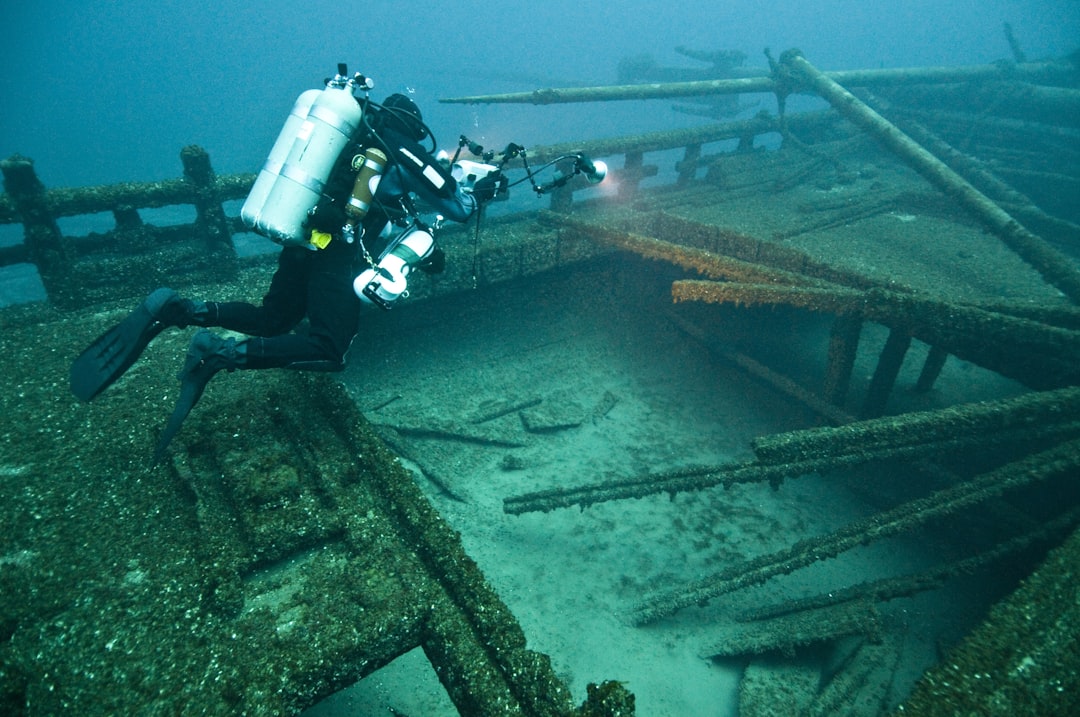What is it about?
The goal of this paper is to assess the scale of human paleomobility and ecological complementarity between the lowlands and highlands in the southern Andes during the last 2300 years. By providing isotope results for human bone and teeth samples, we assess a hypothesis of ‘high residential mobility’ suggested on the basis of oxygen isotopes from human remains. We develop an isotopic assessment of human mobility in a mountain landscape as an approach to life-history changes in spatial residence. We present a framework for the analysis of bioavailable strontium based on the combination of the geological data with isotope results for rodent samples. The 87Sr/86Sr values from human samples indicate residential stability within geological regions along life history. Despite the large socio-economic changes recorded, 87Sr/86Sr values indicate a persisting scenario of low systematic mobility between the different geological regions. Our results suggest that strontium isotope values provide the most germane means to track patterns of human occupation of distinct regions in complex geological landscapes, offering a much higher spatial resolution than oxygen isotopes.
Featured Image
Read the Original
This page is a summary of: Scale of human mobility in the southern Andes (Argentina and Chile): A new framework based on strontium isotopes, American Journal of Physical Anthropology, June 2017, Wiley,
DOI: 10.1002/ajpa.23270.
You can read the full text:
Contributors
The following have contributed to this page










